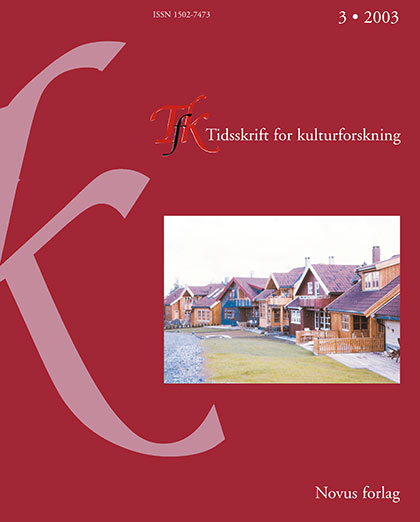Sammendrag
As many as 60 % of Norwegians live in detached houses and an even greater number would like to do so. Explanations regarding the popularity of the detached house have revolved around flexibility in planning and utilisation, together with the possibility of self-participation. Another explanation is based on "the good life", where spaciousness, both inside and out, is an important factor for families with children. Thirdly, the detached house has been regarded as an inseparable part of Norwegian tradition. The final point relates to symbolism: the detached house signifies a state of affluence and success. Architects have developed a sort of love/hate relationship to this type of dwelling. Hate arises from the planner's opinion that the detached house is environmentally wasteful, private and anti-urban. The positive sentiments relate to the projection of the detached house as a creative assignment and to life in a personalised home. In their persistent opposition to the detached house, planners have assumed the following strategies: The competitive strategy seeks to bring the advantages of the detached house to other forms of housing, especially densely populated housing estates. The adaption strategy aims at making the detached house more acceptable through cost reductions, "architect-friendly" building practices and the ecological layout. The opposition strategy has entailed arguing against this type of dwelling, and of proving scientifically that the detached house creates major environmental problems. None of these stategies has been successful. The author himself believes in good, centrally located blocks of flats as an alternative to the detached house.
Forfattere beholder opphavsretten og gir tidsskriftet rett til første publisering av arbeidet. En Creative Commons-lisens (CC BY-SA 4.0) gir samtidig andre rett til å dele arbeidet med henvisning til arbeidets forfatter og at det først ble publisert i dette tidsskriftet.

